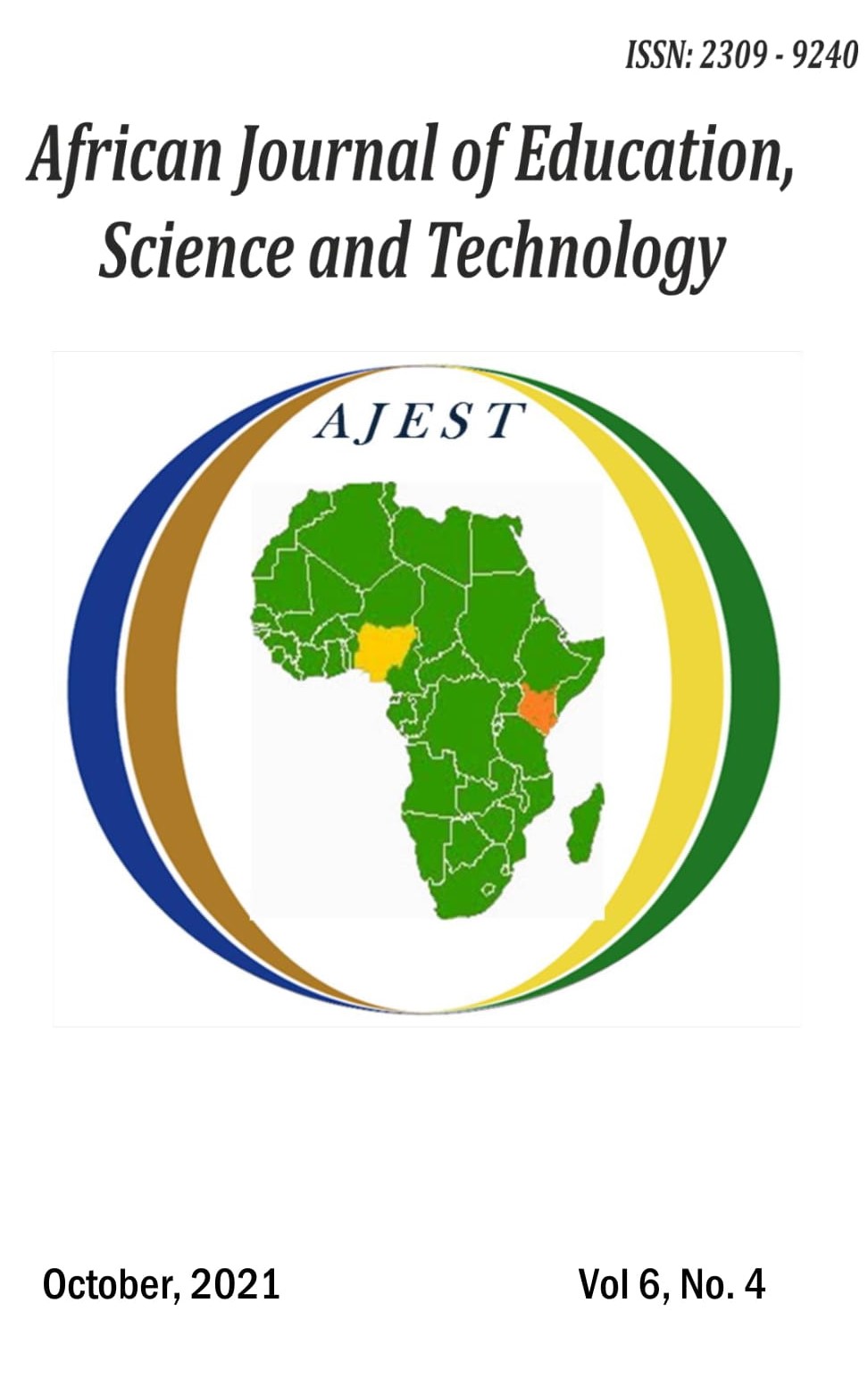The Rhetoric of ‘Speaking in Tongues’ amongst the Mbeere Mau Mau in Colonial Embu
##article.abstract##
The article aims to understand the Mau Mau secrets that probably prolonged the war from the insurgents' perspectives before a severe blow from pseudo-gangs and home guards. The Mbeere preserved and guarded the secret communication against irresponsible ears for survival. This article builds on previous research on the Mau Mau movement secrecy and survival system that involved evasion, deception, dodging and secret languages of the Mau Mau participants. The article argues that 'guarded words of secrecy' sustained the Mau Mau war of decolonisation longevity over the colonial idea of a quick victory. The control of words for social order in colonial Kenya stretched from the movement's core to the peripheral regions where the Mbeere lived. To earn the movement moments of greatness, words of confidentiality exerted a positive force until oath takers failed to control their vocals to invasive British ears. As counterinsurgency measures, the British Intelligence used the words of secrecy to infiltrate and enforce an array of enforcement measures that ultimately dismantled the Mau Mau movement. The Kikuyu, Embu, Meru, and the 'forgotten' Mbeere insurgents, irrespective of their gender, and those who failed to 'circumcise' their mouth, contributed to the failure of Mau Mau's realisation of the imagined state. The Mbeere, just like any other subaltern group, were subject to the activity of the ruling group. For example, the oath, oath ritual, argots, and the songs they sang originated from the Kikuyu. The historical materials and their representation ignored the Mbeere Mau Mau adherents who subverted the British Intelligence prolonging the war but focused on the lauded communities in Mau Mau historiography.
References
Barnett, D and Njama, K. (1964). ‘Mau Mau from Within: An analysis of Kenya’s Peasant revolt,’ 54-55.
Barrington, E. (2012). Rastafari: A very short introduction. Oxford; Oxford University Press.
Berman, J.B., and Lonsdale, J. (1992). Unhappy Valley: Violence & Ethnicity. Athens, Ohio: Ohio University.
Berman, J.B. (1976). Bureaucracy and Incumbent Violence: Colonial Administration and the Origins of the ‘Mau Mau’ Emergency in Kenya. British Journal of Political Science, 6, 143-175.
Buijtenhuijs, R. (1972). ‘Defeating Mau Mau-some observations on counterinsurgency research in Kenya during the emergency.’ Artikelen, 19(5-6), 330-338.
Charters, D. (2009). ‘Counterinsurgency Intelligence: The Evolution of British Theory and Practice,’ Journal of Conflict Studies. 29, 55-74.
Clayton, A. (1976). Counterinsurgency in Kenya 1952-1960. Nairobi: Trans Africa Publishers.
Edgerton, R. (1989). Mau Mau: An African Crucible. Free press.
Elkins, C. (2005). Imperial reckoning: the untold story of Britain’s gulag in Kenya. New York, Henry Holt and Company, LLC.
Haugerud, A. (1997). The culture of politics in modern Kenya. London: Cambridge University Press.
Julie, M. (2020). “Prosecuting a Prophet: Justice, Psychiatry, and Rebellion in Colonial Kenya.” African Studies Review 63(4), 805–30. doi:10.1017/asr.2020.1.
Kariuki, J.M. (1964). 'Mau Mau' Detainee. London, Oxford University Press
Kenyatta, J. (1938). Facing Mount Kenya: the tribal life of the Gikuyu. London: Secker and Warburg Publishers.
Kithinji. G. (2016). Murder in the rain. North Caroline: Lulu Publishers: 2016.
Kitson, F. (1960). Gangs and Counter-gangs. London: Barrie and Rockliff Publisher.
Krawchuk, F. (2006). "Strategic communication: An integral component of counterinsurgency operations." Connections, 5(3), 35-50.
Leakey, L. S. B. (1954). Defeating Mau Mau. London. Methuen and Company.
Mbiti, J. (1989). African Religion and Philosophy, second edition. Portsmouth, New Hampshire.
Muchiri, R. (1978). “The religious factor in Mau Mau with particular reference to Mau Mau oaths.” MA thesis, University of Nairobi.
Muraya, M. (2015). ‘Mau Mau War, Female Circumcision and Social-Cultural Identity among the Agikuyu of Kiambu, Kenya,’ International Journal of Culture and History, 2(2), 26-42.
Mwaruvie, J. (2011). Pre-colonial Mbeere economy: coping strategies in an arid environment. USA: Press. LAP LAMBERT Academic Publishing.
Nicholls, B. (2017). Ngugi wa Thiong’o, gender, and the ethics of post-colonial reading. Farnham: Ashgate.
Peterson, D. (2000). ‘Writing Gikuyu Christian literacy and ethnic debate in northern central Kenya, 1908-1952.’ Doctor of Philosophy, University of Minnesota.
Peterson, D. (2008). ‘The intellectual lives of Mau Mau Detainees,’ Journal of African History, 49, 73-91.
Throup, D. "The Origins of Mau Mau." African Affairs 84, no. 336 (1985): 399-433. Accessed April 23, 2021. http://www.jstor.org/stable/723073.
Wairimu, N. (2017). Mukami Kimathi: Mau Mau freedom fighters. Nairobi: Mdahalo Bridging Divides Publishers.
Wallace, A. (1961). Culture and Personality. New York: Random House.
Weigert. S. (1996). Tradition religion and guerilla Warfare in Modern Africa. New York: St. Martin’s Press.


